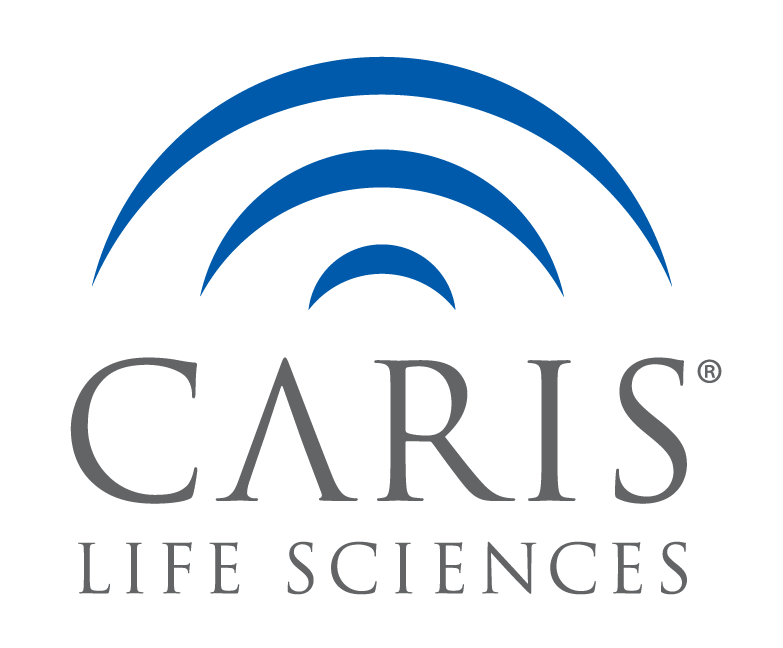Background:
NRG1 gene fusions are an emerging potential therapeutic target in non-small cell lung cancer (NSCLC). NRG1 is a ligand for the HER3 tyrosine kinase and NRG1 fusions can lead to activation of oncogenic HER2/HER3 and PI3K-AKT signaling.1 The pan-ErbB inhibitor afatinib has been associated with durable response in patients with NRG1+ lung adenocarcinoma.2 NRG1 fusions and the specific fusion partners have not been well characterized across different tumor types.
Methods:
Tumor samples submitted for profiling between 01/16 – 04/18 at a CLIA-certified genomics laboratory (Caris Life Sciences, Phoenix, AZ) were assayed with anchored multiplex PCR for targeted RNA sequencing with the ArcherDX fusion assay (Boulder, CO). Novel isoforms and fusions with high reads (defined as >10% of total reads), high confidence after bioinformatics filtering, and considered in-frame, are included in this analysis.
Results:
In a cohort of 15,901 tumors successfully assayed, 32 cases (0.2%) harbored an NRG1 fusion. The incidence of NRG1 fusions varied by tumor type: 0.8% cholangiocarcinoma (2/257), 0.7% thyroid (1/134), 0.5% ovary (3/589), 0.4% pancreas(2/540), 0.3% NSCLC (20/6648), 0.2% breast (2/962), 0.2% sarcoma (1/498) and 1 case in sinonasal teratocarcinoma (SNTC). One of the 20 NSCLC cases (NRG1- SDC4) had squamous histology, the remaining were adenocarcinoma. No NRG1 fusions were detected in colorectal cancer (0/1456) or glioblastoma multiforme (0/1355). In NSCLC, NRG1 fusions were mutually exclusive with oncogenic alterations in EGFR, ALK, ROS1, RET, and KRAS with the exception of one case that co-occurred with a KRAS G12C mutation.
Conclusions:
- NRG1 rearrangements represent an emerging molecular subtype of solid organ malignancies.
- These chimeric fusions are most commonly detected in NSCLC, but are also identified in various other tumor types.
- A diversity of fusion partners to NRG1 were detected in our study, including novel fusion variants not previously described. The significance of each fusion partner is not yet known.
- Further prospective studies are needed to establish the role of targeted therapy for patients with tumors harboring NRG1 fusions.

